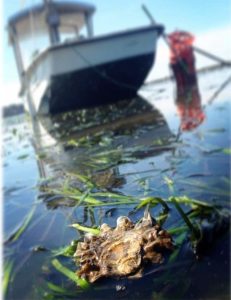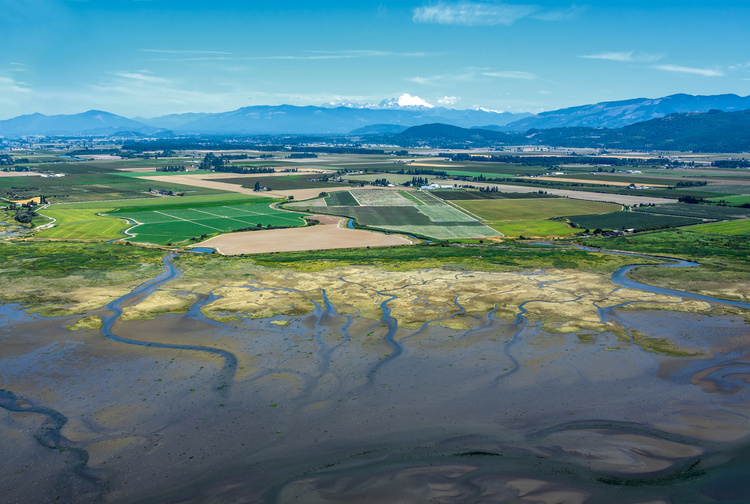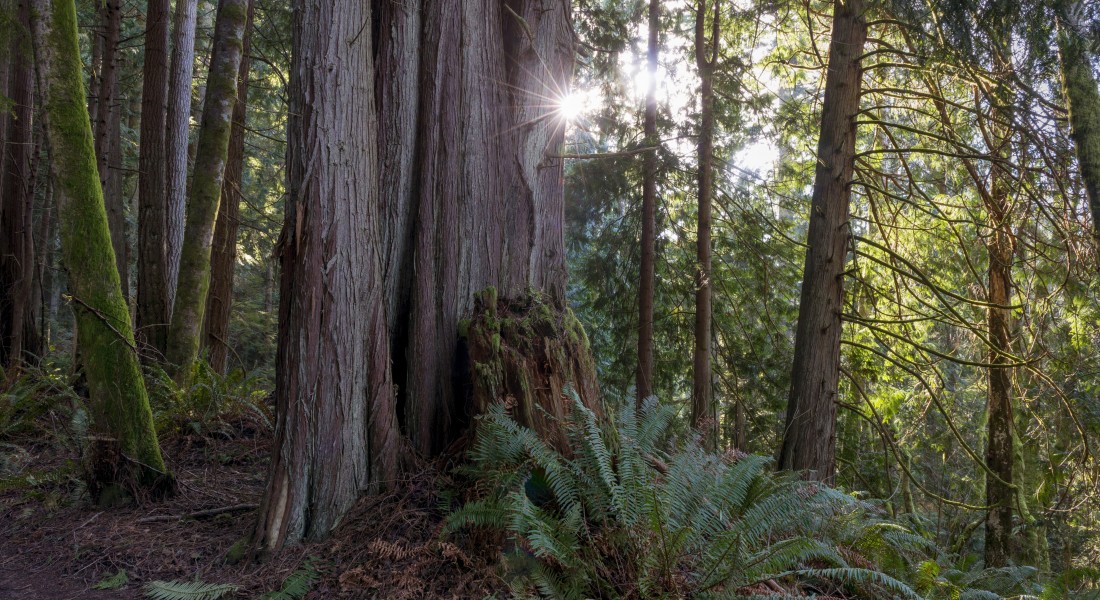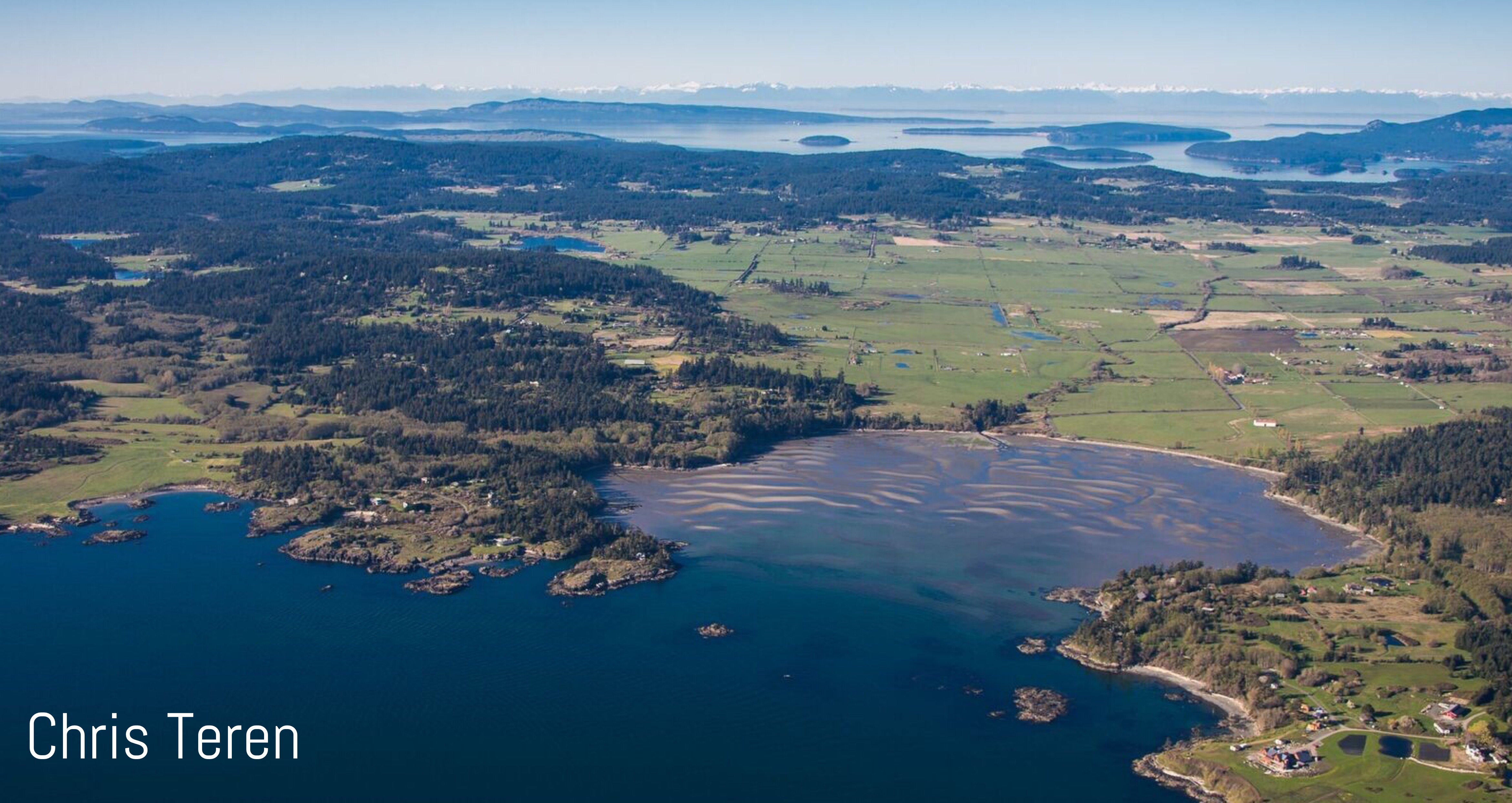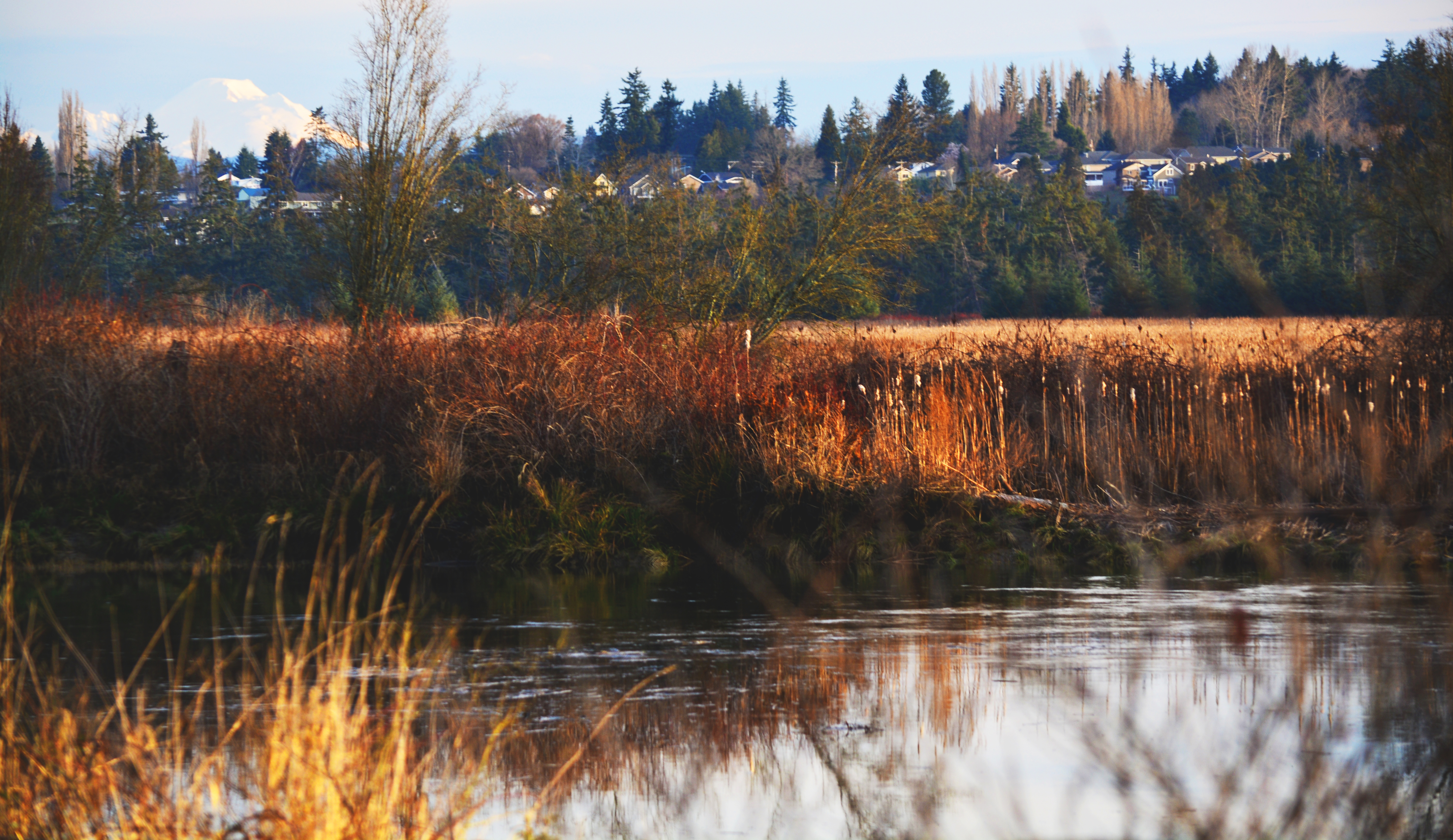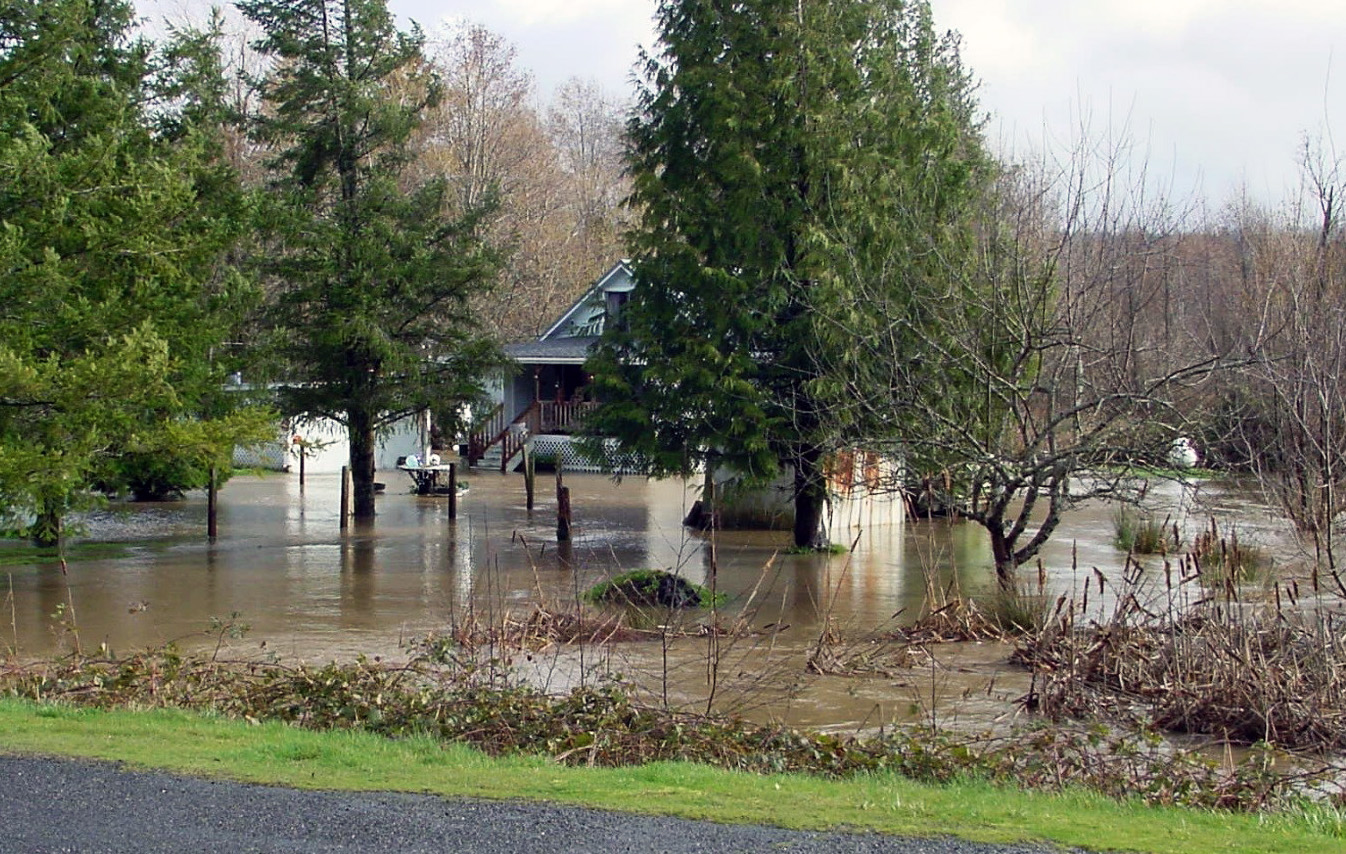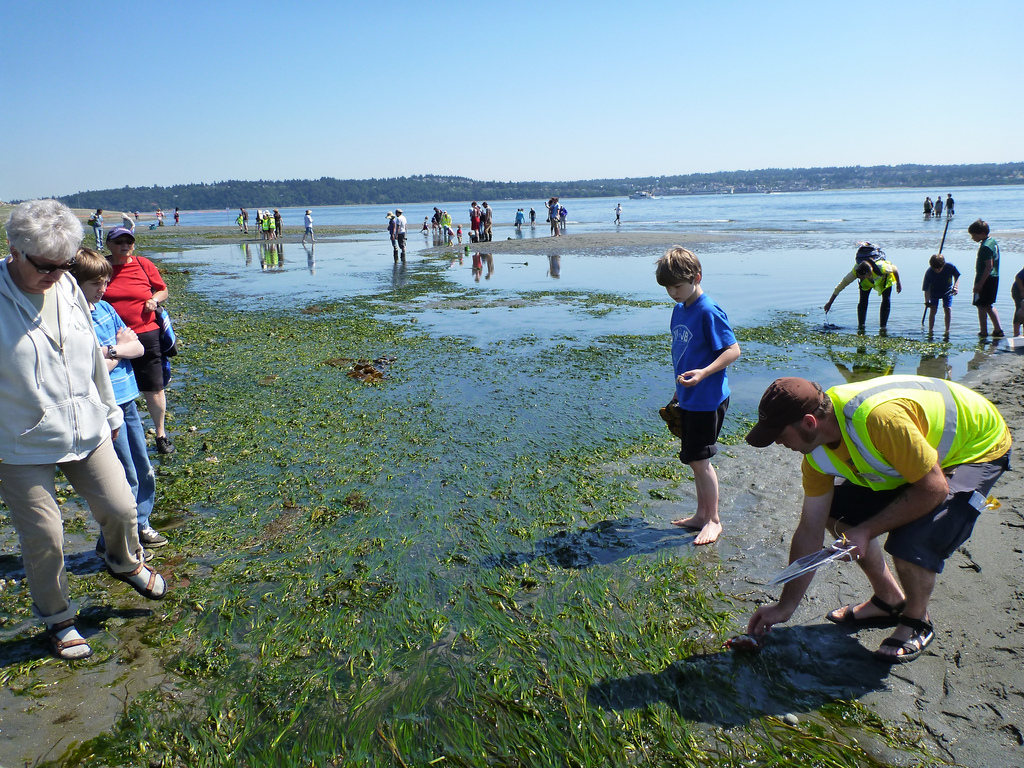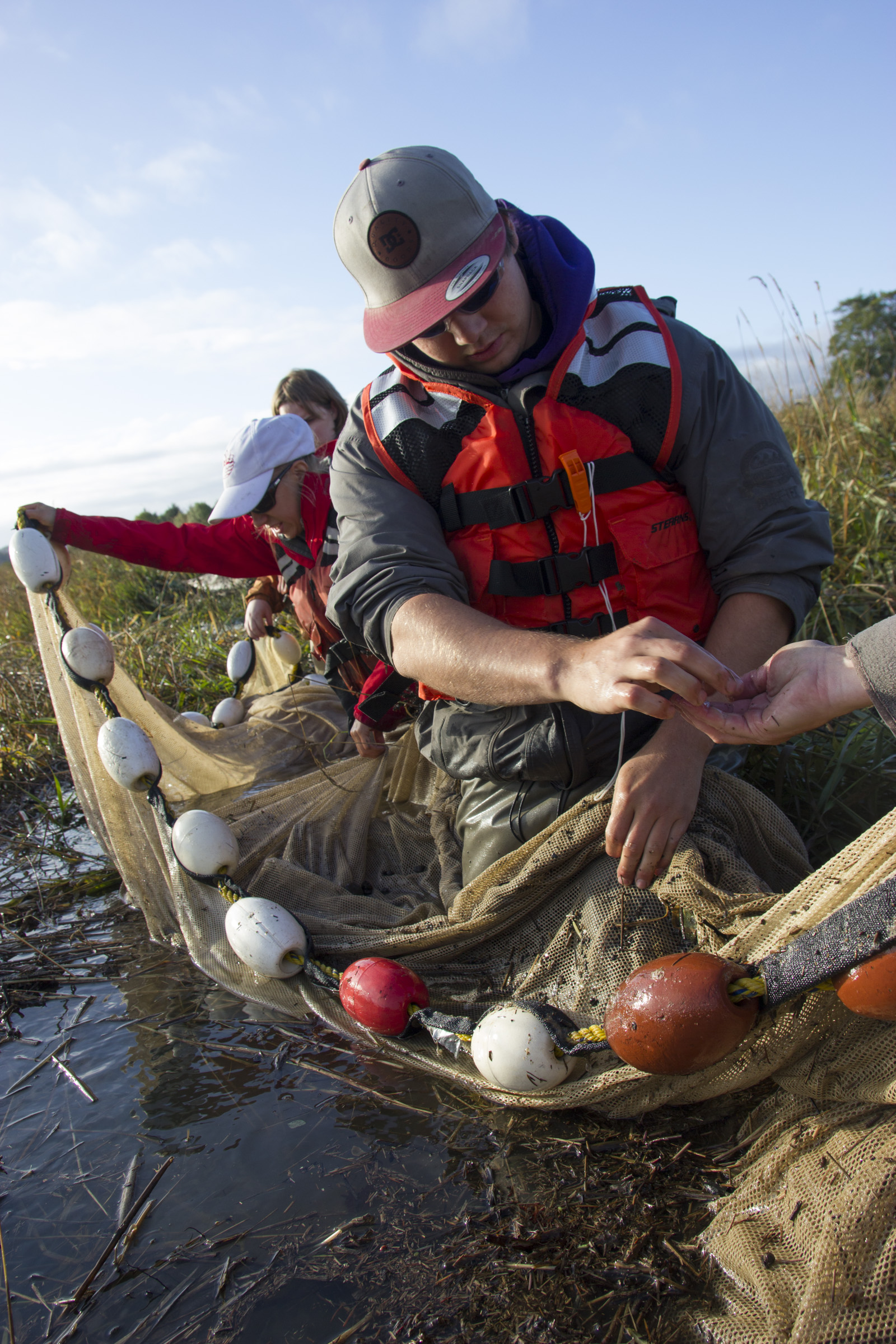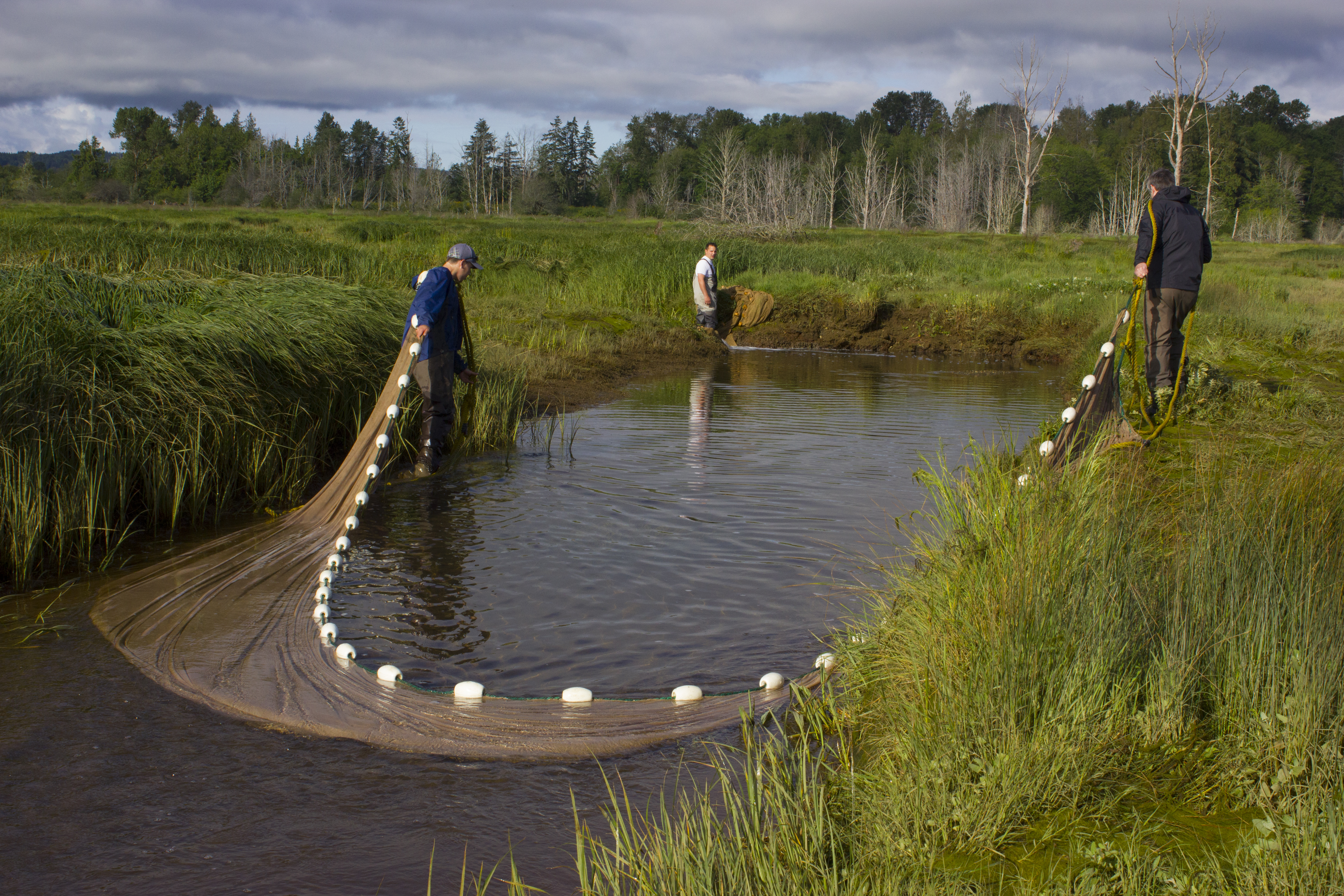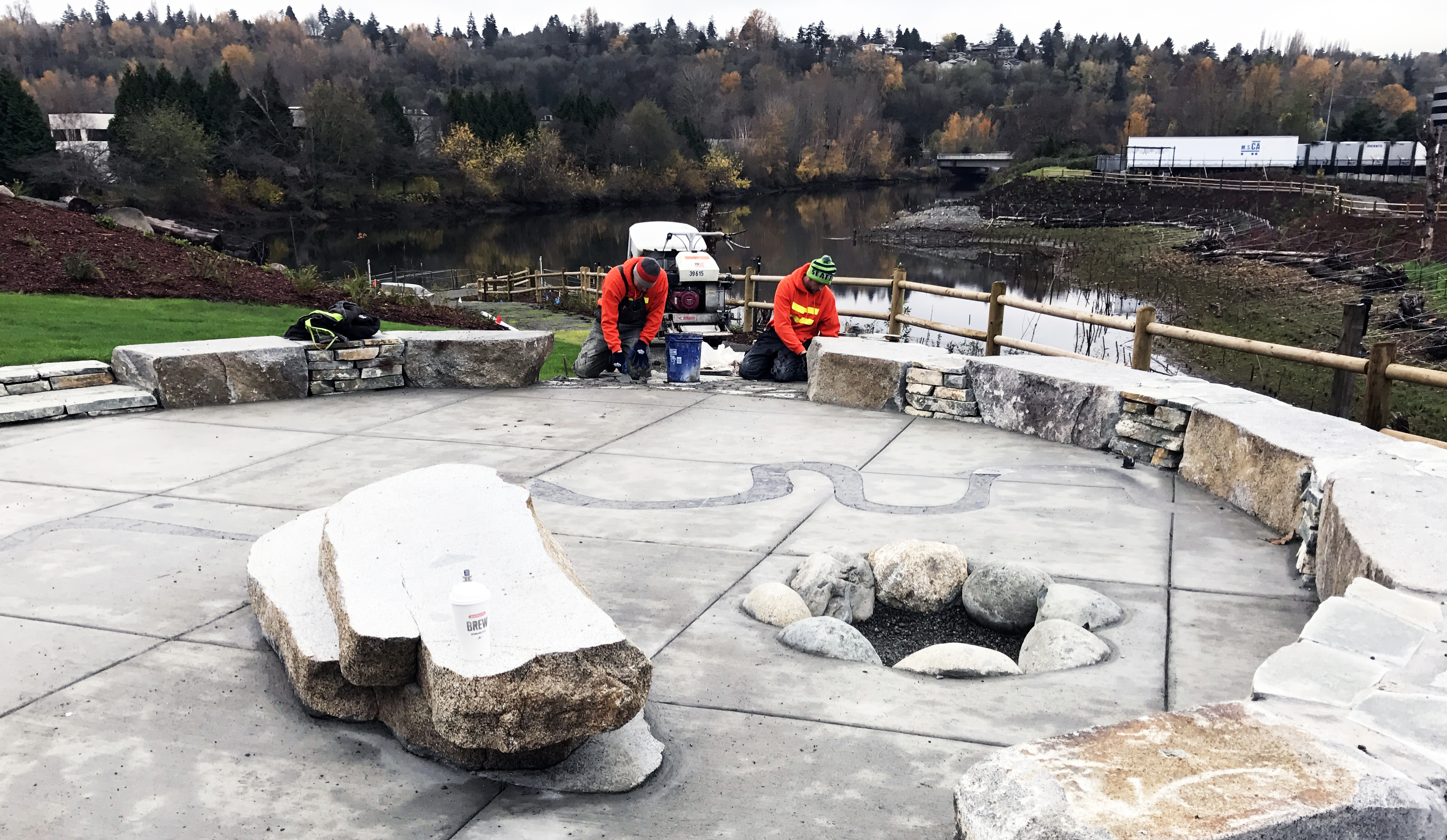Cleaner water for shellfish beds The Puget Sound Partnership 's Leadership Council set a goal of upgrading 10,800 acres of shellfish beds by 2020. Over 4,000 of those acres are in the Samish River watershed. The Clean Samish Initiative is a partnership working to...
Fir Island Restoration
CONGRESSIONAL DISTRICT: 2 LEGISLATIVE DISTRICT: 10 WRIA: 3 CITY, COUNTY: Skagit, Skagit County Project Summary The Skagit River and its delta provide habitat to some of the largest runs of Chinook, pink, and chum salmon in the state. Tidal wetlands protect and feed...
Lyre Conservation Area
CONGRESSIONAL DISTRICT: 6 LEGISLATIVE DISTRICT: 24 WRIA: 18 CITY, COUNTY: Dungeness, Clallam County Project Summary The Western Strait of Juan de Fuca, a migratory corridor for Puget Sound salmon, is characterized by small pocket estuaries and high-energy beaches. The...
Puget Sound National Coastal Wetlands Conservation
In early 2017, the U.S. Fish and Wildlife Service awarded the Washington State Department of Ecology with $4.7 million in National Coastal Wetlands Conservation grants to fund six projects to restore and protect wetlands in Puget Sound and the Grays Harbor area. The...
Smith Island
The Smith Island Estuary Restoration Project will benefit threatened salmon, restore ecological systems, and improve flood control and recreation across the region by: Removing a historic levee, excavating channel networks, and installing wood placements to improve...
Lower Big Quilcene
The Lower Big Quilcene restoration project is in the design phase of developing community-supported actions to improve flood protection for the town of Quilcene, over 30 homes, and road access to the largest employer in Jefferson County—Coast...
Qwuloolt Estuary Restoration
Led by the Tulalip Tribes, the Qwuloolt Estuary restoration is one of the largest restoration projects in Puget Sound. (Qwuloolt is the Lushootseed word for "marsh.") Located within the Snohomish River floodplain, the estuary historically encompassed tidal...
Skokomish Estuary Restoration
The Skokomish River floods more frequently than any river in Washington, and yet the river channel often goes dry during Chinook salmon migration. This is because nearly half of the Skokomish River estuary had been converted to diked farmland, which contributed to...
Duwamish Gardens in Tukwila
Duwamish Gardens will provide nearly an acre of shallow-water habitat for salmon, as well as a pleasant park for urban residents to enjoy. Young salmon need off-channel, shallow-water habitat, where they can feed on insects and invertebrates that live among the...


